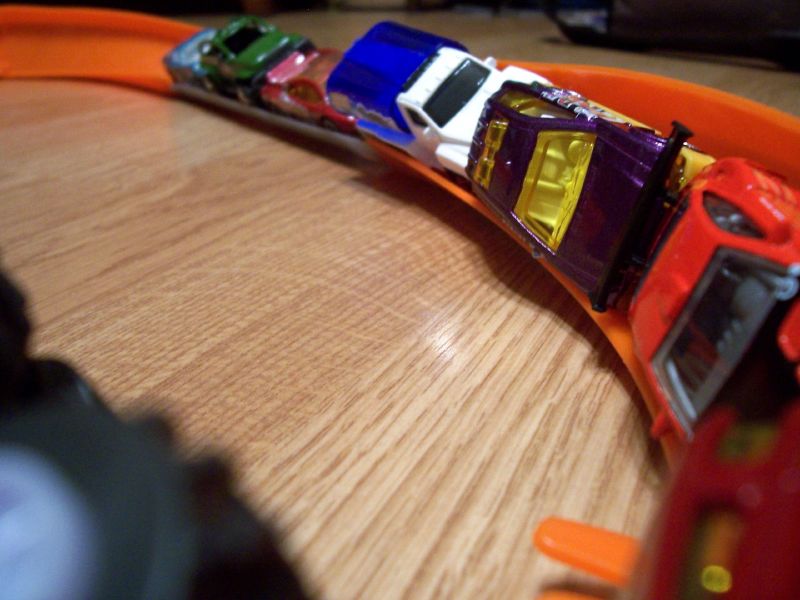Karlene Cimprich lab featured in SCOPE, a Stanford Medicine Blog

A chromosome is a busy place, with different types of molecular machines traversing the DNA strands and carrying out important business. One job for some of these machines is to replicate the DNA so the cell can divide: They cruise along, spooling out a copy in their wake. Other machines copy, or transcribe, genes into strands of RNA, which carry instructions for making proteins.
Not surprisingly, sometimes the replication machines and the transcribing machines crash into each other. More surprisingly, those crashes sometimes help the cell survive.
Professor Karlene Cimprich, PhD, and her team in Stanford’s Department of Chemical and Systems Biology have studied what happens during some of those collisions, and they’re excited by the results, which they say could help explain why DNA damage occurs in cancer cells. They’ve published the details in Cell recently.
Cimprich suggests thinking about the molecular machines as cars and the DNA strand as a highway. (Actually, the “cars” are enzymes.) “These cars could meet head-on or one car could rear-end the other — a co-directional crash,” Cimprich said. Would the results be the same? To study this, she and her team created a laboratory system using human cells grown in culture.
Cimprich was especially curious about crashes on tricky stretches of chromosomes called R-loops. Instead of the usual two parallel strands of DNA that make up the double helix of a chromosome, these regions include a third strand of genetic material made of RNA. R-loops form when an RNA transcript sticks to the template DNA and they’re known to interfere with normal cell functions.
So what did Cimprich and her team find at the crash scenes? “One type of collision seems to be much more dangerous for the cell than the other – the head-on collision being more dangerous – and can lead to genome instability, in other words loss or damage to the DNA,” Cimprich said. “The head-on collision stabilizes the dangerous R-loop structure in the DNA, and that can make the collision worse.”
The surprise was that the rear-end collision can help resolve or remove the potentially dangerous R-loop. “This explains why cells have a bias toward organizing the genome in a way that minimizes head-on collisions. It could also explain why DNA damage arises in cancer cells, where this bias may be disrupted,” she said.
interesting side note is that in bacteria, head-on collisions might help promote evolution and survival in stressful situations.
“Increased mutation rate can promote increased growth, which is often good for a unicellular organism like bacteria. However, the same cannot be said for humans or other multicellular animals, where unregulated growth can lead to diseases such as cancer,” Cimprich said.
Her team includes postdoctoral researchers Stephan Hamperl, PhD, and Joshua Saldivar, PhD; graduate student Michael Bocek; and senior research scientist Tomek Swigut, PhD.
Original blog by Rosanne Spector, Stanford Medicine SCOPE
Photo by Shel Copeland
« Back To Main